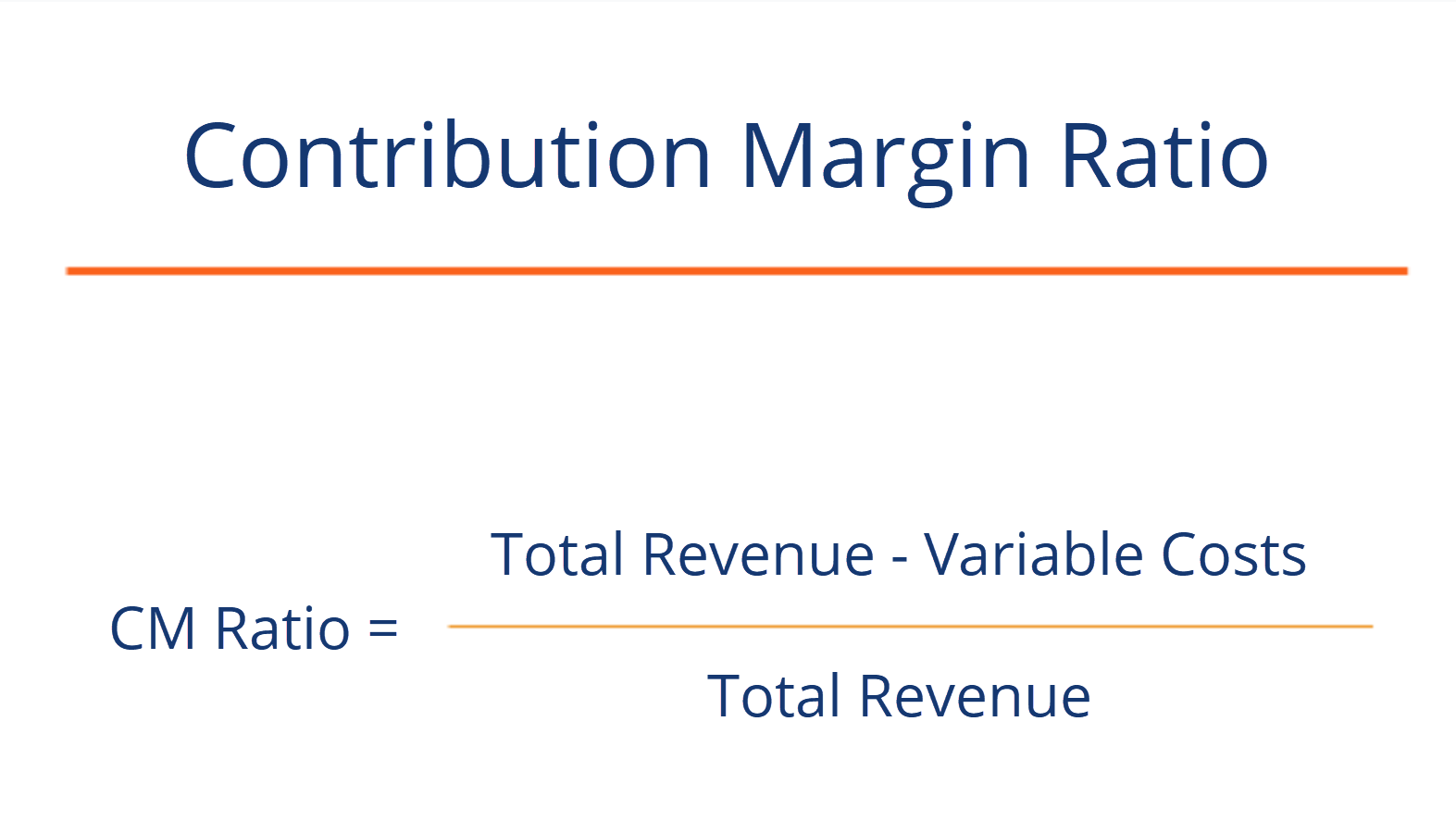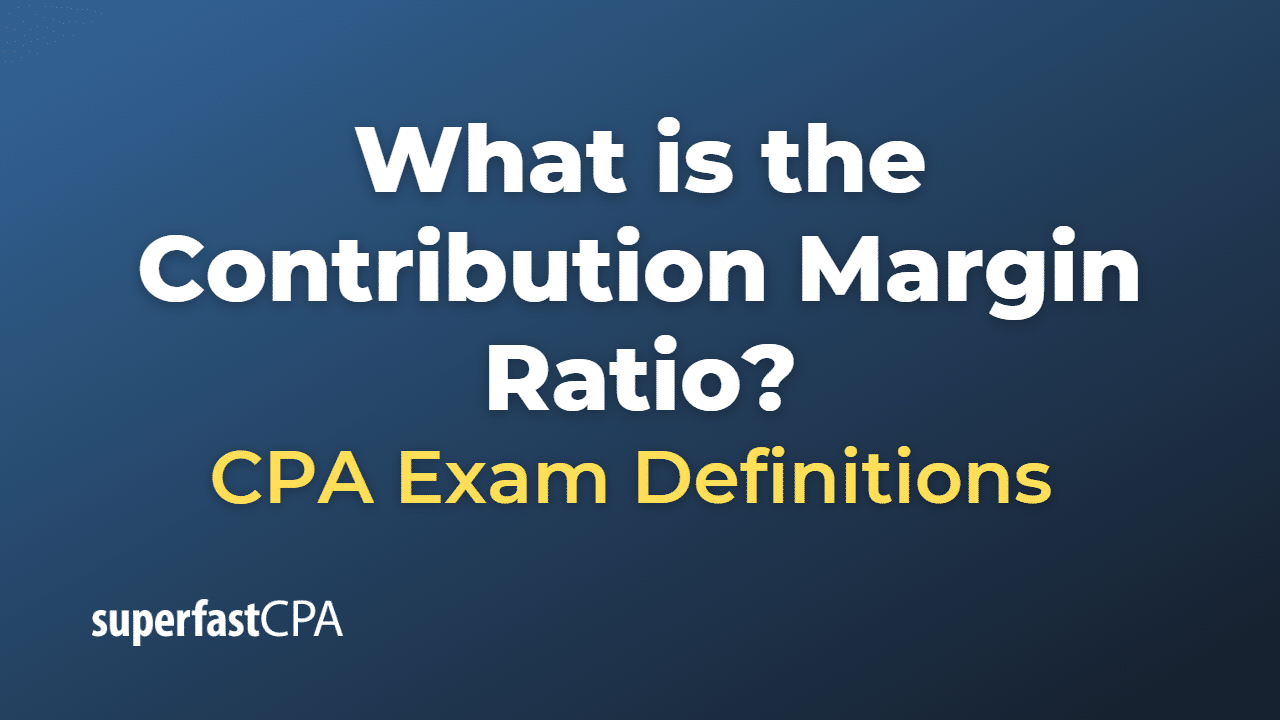Contribution Margin Ratio: What It Is And How To Calculate It

For example, raising prices increases contribution margin in the short term, but it could also lead to lower sales volume in the long run if buyers are unhappy about it. Before making any changes to your pricing or production xero news processes, weigh the potential costs and benefits. In the same example, CMR per unit is $100-$40/$100, which is equal to 0.60 or 60%. So, 60% of your revenue is available to cover your fixed costs and contribute to profit.
Variable Costs
- As a result, your variable expenses will go down and your contribution margin ratio will go up.
- Such an analysis would help you to undertake better decisions regarding where and how to sell your products.
- In accounting, contribution margin is the difference between the revenue and the variable costs of a product.
- As mentioned above, the per unit variable cost decreases with the increase in the level of production.
- The ratio can help businesses choose a pricing strategy that makes sure sales cover variable costs, with enough left over to contribute to both fixed expenses and profits.
Accordingly, these costs increase with the increase in the level of your production and vice-versa. This means the higher the contribution, the more is the increase in profit or reduction of loss. In other words, your contribution margin increases with the sale of each of your products.
How to Calculate Contribution Margin
The contribution margin (CM) is the amount of revenue in excess of variable costs. Increase revenue by selling more units, raising product prices, shrinking product size while keeping the same cost, or focusing on selling products with high margins. You can even calculate the contribution margin ratio, which expresses the contribution margin as a percentage of your revenue.
Great! The Financial Professional Will Get Back To You Soon.
Contribution Margin refers to the amount of money remaining to cover the fixed cost of your business. That is, it refers to the additional money that your business generates after deducting the variable costs of manufacturing your products. It is important for you to understand the concept of contribution margin. This is because the contribution margin ratio indicates the extent to which your business can cover its fixed costs. In accounting, contribution margin is the difference between the revenue and the variable costs of a product.

Knowing how to calculate the contribution margin is an invaluable skill for managers, as using it allows for the easy computation of break-evens and target income sales. This, in turn, can help people make better decisions regarding product & service pricing, product lines, and sales commissions or bonuses. The difference between variable costs and fixed costs is as follows. The concept of contribution margin is applicable at various levels of manufacturing, business segments, and products. Where C is the contribution margin, R is the total revenue, and V represents variable costs. The contribution margin can be stated on a gross or per-unit basis.
Thus, it will help you to evaluate your past performance and forecast your future profitability. Accordingly, you need to fill in the actual units of goods sold for a particular period in the past. However, you need to fill in the forecasted units of goods to be sold in a specific future period. In the Dobson Books Company example, the contribution margin for selling $200,000 worth of books was $120,000. Now, let’s try to understand the contribution margin per unit with the help of an example. Variable Costs depend on the amount of production that your business generates.
The contribution margin may also be expressed as fixed costs plus the amount of profit. For example, assume that the students are going to lease vans from their university’s motor pool to drive to their conference. A university van will hold eight passengers, at a cost of $200 per van. If they send one to eight participants, the fixed cost for the van would be $200.
If the contribution margin for a particular product is low or negative, it’s a sign that the product isn’t helping your company make a profit and should be sold at a different price point or not at all. It’s also a helpful metric to track how sales affect profits over time. Say, your business manufactures 100 units of umbrellas incurring a total variable cost of $500. Accordingly, the Contribution Margin Per Unit of Umbrella would be as follows.
Fixed costs are used in the break even analysis to determine the price and the level of production. Contribution margin is used to plan the overall cost and selling price for your products. Further, it also helps in determining profit generated through selling your products.
Recent Comments